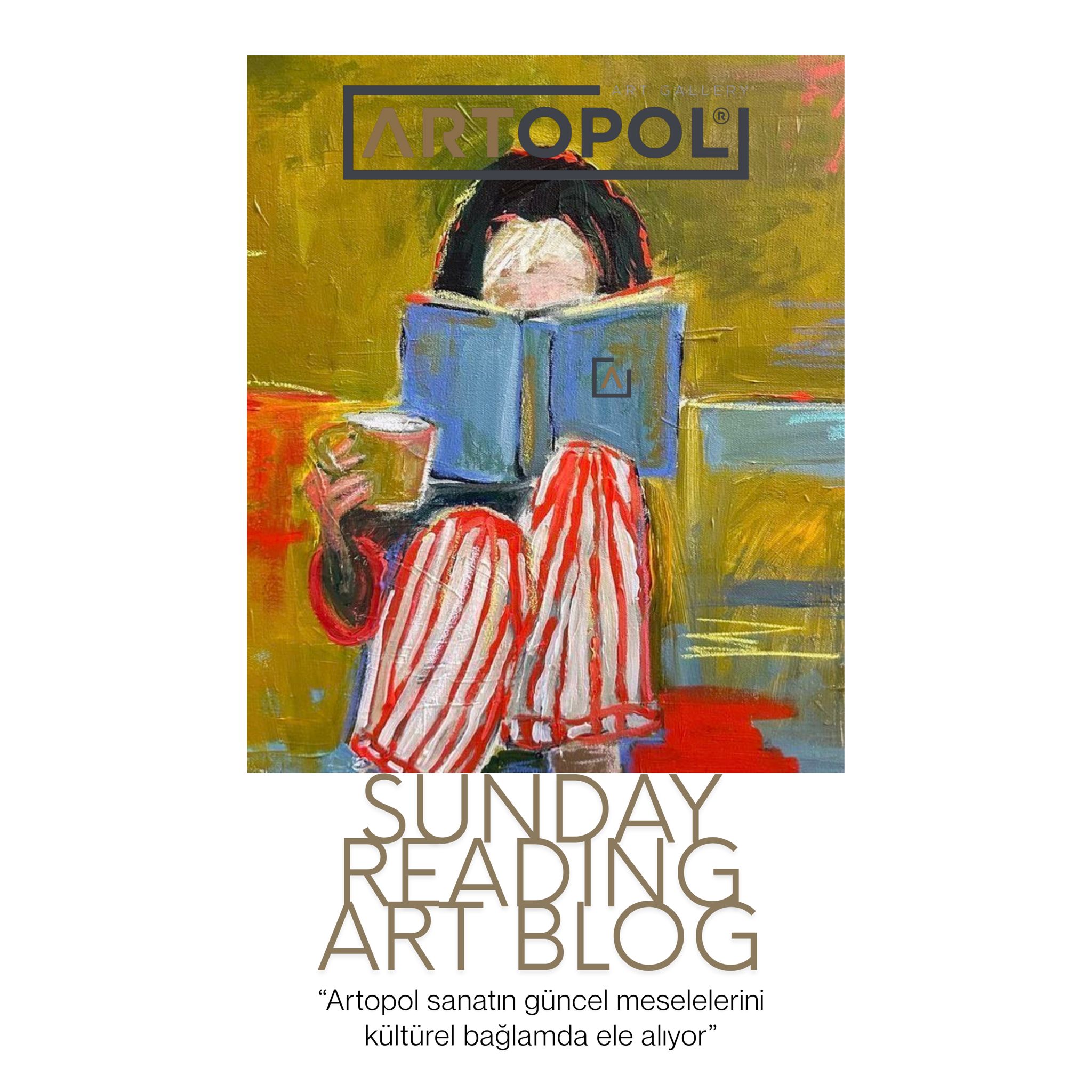The art world recently witnessed a historic moment. A late-period portrait by Gustav Klimt sold for $236.4 million at Sotheby’s New York, becoming the second most expensive artwork ever sold at auction. But what exactly makes this painting so valuable?
Rarity and Artistic Significance
Klimt’s late portraits are exceptionally rare. Most are held in museum collections, with only a handful remaining in private hands. This particular painting is seen as one of the finest examples of his mastery of light, color, and the delicate psychological presence of his sitters.
A Dramatic Historical Journey
The story of the work is not only aesthetic but deeply human.
The portrait once belonged to the Lederer family, prominent collectors of Klimt’s work. During the Nazi occupation, their collection was seized — yet this painting miraculously survived. Elisabeth Lederer remained alive in part thanks to falsified documents that identified her as “Klimt’s daughter,” a fabricated identity that protected her from persecution.
After the war, the portrait resurfaced and was restituted to the family in 1948. This history gives the work not only artistic importance but profound emotional resonance.
Prestigious Provenance
The painting later entered the collection of renowned collector Leonard A. Lauder. Lauder rarely exhibited the portrait, giving it an aura of mystery and exclusivity.
“The Lauder Years” Lauder was not only a collector but a transformative figure in American museology. His major gifts to the Metropolitan Museum of Art reshaped the institution’s holdings and elevated its cultural standing.
For decades, the Klimt portrait hung in Lauder’s private residence. Shown only during select exhibitions or private viewings, it became the crown jewel of his collection. The prestige of the Lauder name — combined with the painting’s near-mythical inaccessibility — substantially increased its market value.
Thus, the Sotheby’s sale represents not just a transaction, but the moment one of the most enigmatic artworks of the Lauder legacy re-entered the public sphere.
Auction Dynamics
The bidding at Sotheby’s lasted a dramatic 20 minutes. Six determined collectors competed fiercely, pushing the price far beyond expectations.
What the Record Means
The Klimt portrait now stands as the most expensive modern artwork ever sold at auction, surpassed only by Leonardo da Vinci’s Salvator Mundi. This sale marks a pivotal moment for the market, reaffirming the global appetite for early 20th-century modernism.
Public vs. Private Ownership: The Ongoing Debate
The record-breaking sale reignited a long-standing question in the art world:
The Case for Public Ownership
Such masterpieces are part of humanity’s shared cultural heritage. Museums make them accessible to the public, scholars, and future generations.
The Case for Private Ownership
Art is also a commodity. Collectors have the right to buy and own works — and many lend generously to museums, sometimes preserving and promoting art more effectively than institutions.
What Happens Next?
Whether the new owner will keep the Klimt hidden or lend it to a major museum remains unknown.
What is certain, however, is that the painting’s extraordinary journey — from surviving Nazi looting, to decades in a legendary private collection, to breaking global auction records — continues to amplify its symbolic and historical power.



